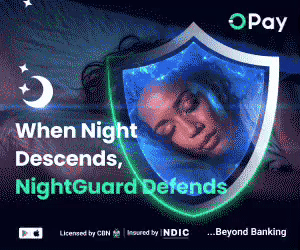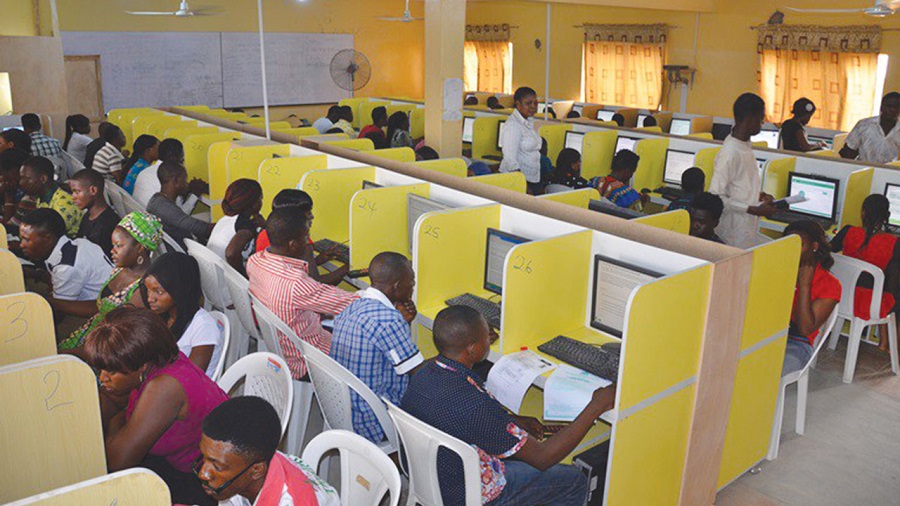Article Summary
- BRC-20 is an experimental fungible token standard for the Bitcoin blockchain, inspired by Ethereum’s ERC-20.
- BRC-20 tokens are created and transferred using the Ordinals protocol, which enables the numbering and tracking of individual Satoshis.
- BRC-20 tokens exist natively on the Bitcoin blockchain, making them highly secure and compatible with the Bitcoin ecosystem. However, the process of deploying, minting, and transferring BRC-20 tokens is not yet user-friendly.
The BRC-20 token standard is an experimental fungible token standard for the Bitcoin blockchain, which was created by an anonymous on-chain analyst named Domo in March 2023. Inspired by Ethereum’s ERC-20, BRC-20 tokens enable developers to create and transfer fungible tokens using the Ordinals protocol.
However, unlike ERC-20, BRC-20 tokens do not make use of smart contracts. Before we continue, let’s understand what the Ordinals protocol is all about;
The Ordinals Protocol
Developed by Casey Rodarmor, the Ordinals protocol enables the creation of Bitcoin Ordinals NFTs. Simply put, the Ordinals protocol is a system for numbering Satoshi’s, giving each Satoshi a serial number and tracking them across transactions.
Ordinals allows users to make individual Satoshi’s unique by attaching extra data to them, a process which is known and called an “inscription”.
A Satoshi, named after Bitcoin’s pseudonymous creator Satoshi Nakamoto, is the smallest denomination of bitcoin (BTC), like the Kobo is to the Naira or the cents is to the U.S. Dollar. A single BTC can be subdivided into 100,000,000 Satoshis, meaning each Satoshi is worth 0.00000001 BTC.
Satoshi’s are numbered based on the order in which they were mined and transferred. The numbering scheme relies on the order Satoshi’s are mined, while the transfer scheme relies on the order of transaction inputs and outputs. Hence the name, “ordinals”.
While traditional NFTs are similar to ordinals in some ways, there are a few key differences. NFTs have typically been made using smart contracts on blockchains such as Ethereum, Solana, and the BNB Smart Chain, and sometimes, the assets they represent are hosted elsewhere.
However, Ordinals are inscribed directly onto individual Satoshi’s, which are then included in blocks on the Bitcoin blockchain. Ordinals reside fully on the blockchain and do not require a sidechain or separate token. In this sense, ordinal inscriptions inherit the simplicity, immutability, security, and durability of Bitcoin itself.
In the context of Bitcoin, Ordinal Theory is a proposed methodology for identifying each Satoshi via a serial number and tracking them in the Bitcoin coin supply, from first minting through their entire lifespan of transactions.
This process is referred to as inscription. Thus, ordinal inscriptions are digital assets, similar to NFTs, inscribed on a Satoshi in the Bitcoin network. This process has been made possible thanks to the Taproot upgrade, launched on November 14, 2021. Because of this, ordinal inscriptions do not require a sidechain or separate token.
What You Should Know
After the Bitcoin Ordinals protocol launched in January 2023, enabling NFTs (non-fungible tokens) to be inscribed on Satoshis (sats), there has been curiosity about whether fungible tokens could be created on Bitcoin.
This then ultimately led to the creation of the BRC-20 token standards in March 2023, making minting fungible tokens on Bitcoin possible for the first time ever.
The first BRC-20 token deployed was called “ordi.” After this, many Bitcoin supported wallets quickly deployed tooling to support BRC-20 tokens. This then ultimately led to the creation of numerous other BRC-20 tokens, of which many are meme tokens.
As of May 2023, some BRC-20 tokens have experienced astronomical price increases and obtained significant market capitalizations.
The demand for BRC-20 tokens caused Bitcoin transaction fees to surge and caused significant congestion on the Bitcoin network. As of the time of this writing, 14,307 different tokens have been minted using the BRC-20 standard, all having a total market capitalization of $640 million.
ORDI leads with a market capitalization of $412 million, representing 64.38% of the total BRC 20 standard market.
BRC-20 tokens exist on the Bitcoin blockchain, thus inheriting the high level of security provided by the Bitcoin protocol. Bitcoin uses the Proof of Work (PoW) consensus mechanism and has a large number of miners helping to secure the network, making it one of the most secure blockchains.
BRC-20 tokens are natively compatible with the Bitcoin blockchain, which makes it easier to integrate into the Bitcoin ecosystem. In addition, existing Bitcoin developers can conveniently build and incorporate BRC-20 tokens.
BRC-20 tokens are considered fungible, which means they can be easily traded on venues, offering a simple alternative to those new to Bitcoin trading. However, the BRC-20 token standard is new and the process of deploying, minting, and transferring BRC-20 tokens isn’t user-friendly. There are also a limited number of tooling and supporting services.
Differences Between ERC-20 and BRC 20 Token Standards
BRC-20 tokens exist on the Bitcoin network, while ERC-20 is a standard on the Ethereum network. BRC-20 tokens don’t use smart contracts and, therefore, have much less functionality.
On the contrary, ERC-20 tokens can interact with other protocols and applications to enable a wide range of services, including borrowing and lending.
ERC-20 is a mature token standard with a massive number of ERC-20 tokens already created and widely used. Conceived in 2015 and officially recognized in 2017, ERC-20 tokens have been battle-tested and proven to function stably. That’s not the case with BRC-20 tokens, whose future has a high degree of uncertainty.
The Debate
While Ordinals have created another use case for the Bitcoin network beyond simple transfers of value it, however, has been met with controversy as it precipitates a fundamental issue among the Bitcoin community.
On one side are those who believe that the relative simplicity of Bitcoin in its limitations to storing and transferring value should be preserved. On the other side are those who believe that Bitcoin should evolve to include new features and use cases.
Inscribed Satoshis are now competing for block space with regular BTC transactions, which increases network fees. This has caused some controversy in the Bitcoin community, but some Ordinals supporters argue that this could be positive as fees are a crucial incentive for miners to secure the blockchain.
In the future, as block rewards dwindle over time, network fees will become the primary incentive for committing hash power to Bitcoin. The crypto community seems divided on the topic, but the project certainly brought innovation to the Bitcoin space.
Conclusion
BRC-20 tokens are still in the nascent stage, and more time is needed to reveal their impact on the Bitcoin blockchain. This experimental stage leaves room for better design choices and optimisation improvements in the future.
For instance, to circumvent the limitations of BRC-20, a new Bitcoin token standard — ORC-20 — has been developed to enhance BRC-20’s functionalities.
BRC-20 tokens show that Bitcoin is continuing to innovate and evolve beyond its original purpose as a store of value and medium of exchange. They are growing at a rapid pace and have the potential to play a larger role in the long-term future of the Bitcoin blockchain.












